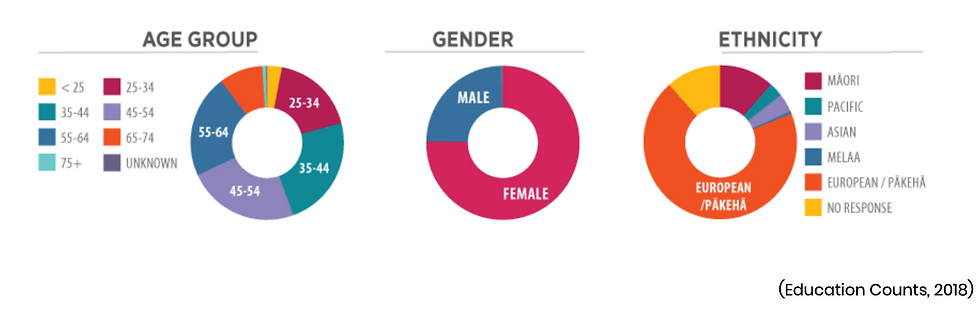The struggle and alienation?
- Ricardo Fox

- Jan 30, 2020
- 1 min read

Understanding implicit bias is a new contemporary thought process to teaching and learning. Blank, Houkamau & Kingi (2016) identify that the implicit bias of teachers can be the single biggest impact on culturally responsive practice for equity for learners and that teachers can subconsciously influence all outcomes for learners. The Perception Institute (2019) see implicit bias as when we should be neutral we have a natural aversion to a person or group of people. Deangelo (2018) coined the term ‘white fragility’ in which white people become offended, defensive, despondent or aggressive when conversations of implicit bias occur in terms of ethnicity, privilege and colonisation. Johnson (2014) implores that humans implicit bias is based on a history so long and complicated it is easier to ignore than address. Implicit bias needs to navigated with respect and caution. Even thinking of this for the project I feel anxious as I identify as Maori and European. My staff are are 94% European. The only other Maori is a teacher aide. I need to be cautious and will require support. Education counts (2018) identifies that the target group for implicit bias is European females aged over 35.

(Education Counts, 2018)
In terms of delivering such content as Maori I am also in a minority group to begin with and could be seen as being biased or unfair in delivering content on implicit bias.

Education Counts (2015)




Comments